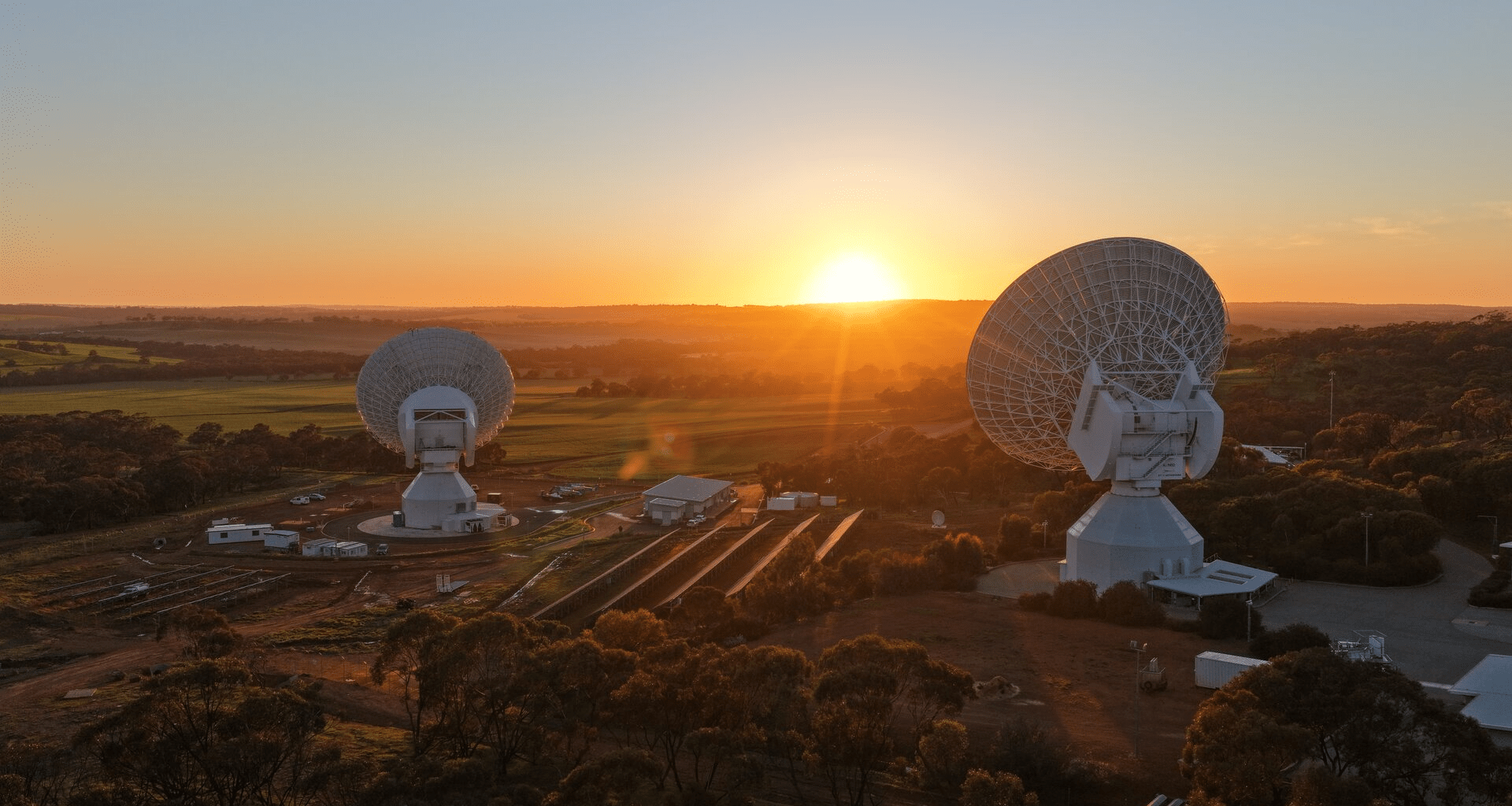ESA has unveiled its latest deep space antenna in New Norcia, roughly 70 miles north of Perth, Western Australia, aiming to meet the agency’s rapidly growing data demands and reinforce Europe’s leadership in space.
Dubbed “New Norcia 3”, the 115-foot antenna is set to enter service in 2026, providing vital support for ESA’s flagship scientific, exploration, and space safety missions, including Juice, Solar Orbiter, BepiColombo, Mars Express, and Hera.
The project, launched in 2021 and delivered on schedule, reflects exceptional collaboration between ESA, European and Australian industry, and Australian partners, and will also play a key role in upcoming missions such as Plato, EnVision, Ariel, Ramses, and Vigil.
New antenna to strengthen Europe’s deep space communications
ESA’s latest deep space antenna comes with an estimated construction price of around $67 million, covering the antenna itself, construction work, and upgrades to station buildings and supporting infrastructure. The Australian Space Agency contributed approximately $3.2 million to support the ongoing development and modernization of the New Norcia Station, reinforcing collaboration between Europe and Australia in space exploration.
According to Josef Aschbacher, director general of ESA, the new deep space antenna represents a strategic investment to strengthen the agency’s communication capabilities and maximize the scientific return from missions operating far from Earth. The development also signals growing opportunities for collaboration between the European and Australian space sectors, following Australia’s announcement this week to begin negotiations on a cooperative agreement with ESA.
Through mutual support agreements with partner agencies, the antenna can also assist NASA, Japan’s JAXA, India’s ISRO, and even commercial space missions, enhancing scientific output and operational efficiency across the board.
“Australia is well known as a trusted, experienced and capable operator in deep-space communications. This investment by ESA and the Australian Government will unlock millions of dollars in local economic value as well as employment over the projected lifetime of 50 years,” said Enrico Palermo, head of the Australian Space Agency (ASA).
New Norcia station to become ESA’s first site with two deep space antennas
Located in a strategically advantageous position, New Norcia enables continuous coverage for deep space missions, perfectly complementing ESA’s stations in Malargue, Argentina, and Cebreros, Spain.
Once the new antenna becomes operational, New Norcia will be ESA’s first ground station to host two deep space antennas. The station and its antennas are managed locally by CSIRO, Australia’s national science agency, which also operates NASA’s deep space communication complex near Tidbinbilla, Canberra, highlighting strong international collaboration in space operations.
Western Australia is a key point for payload separation from Europe’s rockets. Just a few hundred feet from ESA’s deep space antennas, a 15-foot tracking antenna monitors Vega-C and Ariane 6 launches in real time. The station also supports ESA’s Biomass mission, launched in 2025, with a calibration transponder the satellite will visit several times a year to ensure accurate forest measurements.

